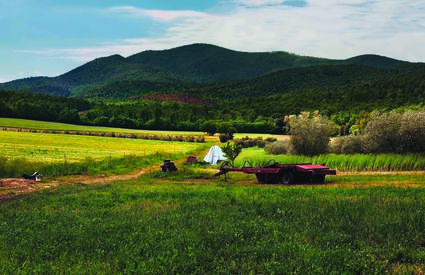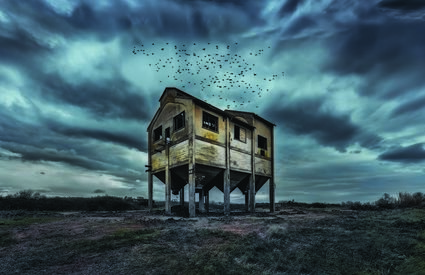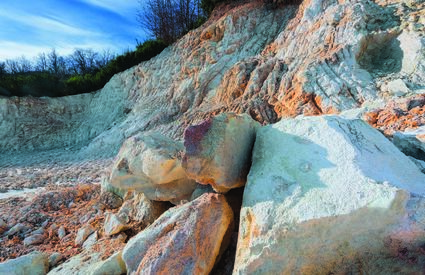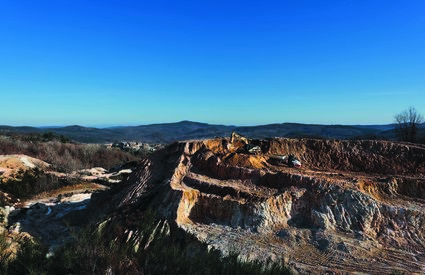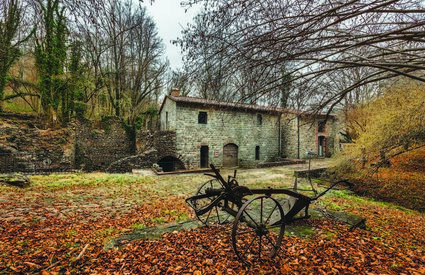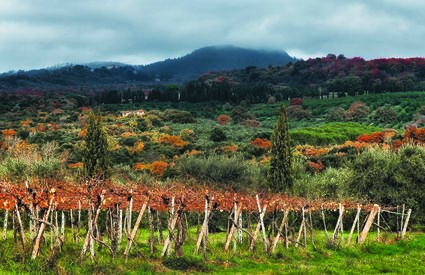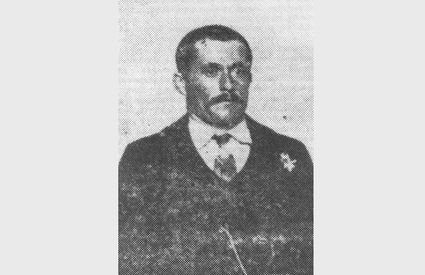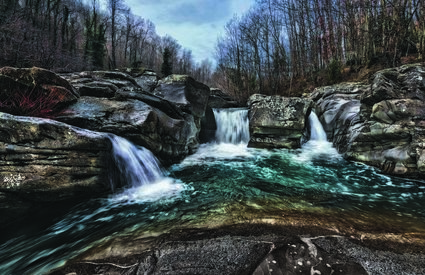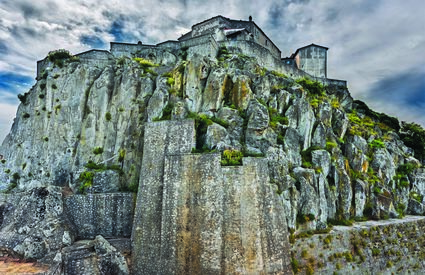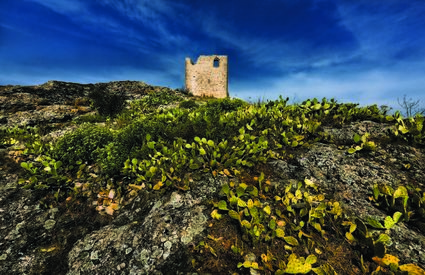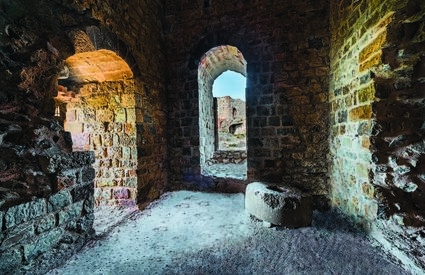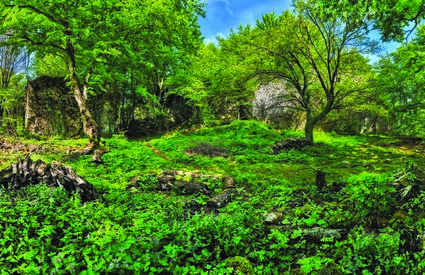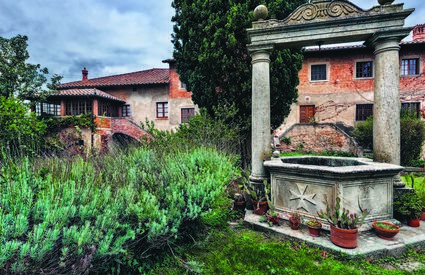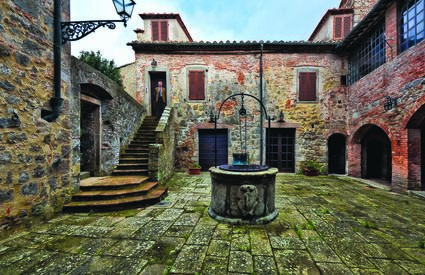Roccastrada
Stone, forests, medieval history, bandits, miners and good food
A colorful and quiet place where the memory of miners lives on
Stone, forests, medieval history, bandits, miners and good food
A colorful and quiet place where the memory of miners lives on
A mine: Ribolla, work, and the 43 who were lost
Ribolla developed around a coal mine as a “factory town.” Even today, it bears obvious traces of this history and remains a symbol of this past—due in part to a tragedy that marked the end of its mine. Luciano Bianciardi writes in La vita agra: "I stayed in the plain under Montemassi for four days, from the outbreak until the funerals, and saw the 43 dead, countless bundles inside a military covering. They took them to the garage to put them back together and cash them in… In the cinema hall, hour by hour, the line of coffins under the stage grew, each with a plastic helmet above it, and red flags at the base. People came from all over Italy to see them: journalists with checkered shirts, caps and pipes; art critics; trade unionists; Catholic church officials; and a few government ministers who were, however, thrown out (…) Once the coffins were underground, they all went away in dribs and drabs, the heat and dust of countless cars collecting on the gravel roads. I found myself alone on the steps of the outlet, which had closed, and it seemed impossible that it was all over, that there was nothing left to do.”
Basilocco the robber, immersed in the silence of the woods
Antonio Magrini was born into a very poor family near the Belagaio area and started working as a child. First he was a shepherd, then he became a lumberjack. He looked for work abroad, and later in a mine, but was fired along with others. Following this injustice, a watchman was killed. Magrini was accused of the murder, and to escape from the authorities, he turned to banditry. This is how “the Basilocco” was born. Anecdotes from around the town remember him as a “good bandit”. He frequently stayed with farming families, and it was with one of these families that he died. In the Peruzzo estate near Roccatederighi, Basilocco would play cards on a small farm. The policemen surprised him there and after a struggle they killed him. Basilocco died on the evening of February 15, 1904, at only 28 years old.
Castles looking on the sea, springing up from the stones
War history in Montemassi. Guidoriccio da Fogliano led the raid on the Castle of Montemassi in 1328. The siege was long and its leader succeeded in building sufficient battle equipment. The conquest is depicted in Simone Martini’s great fresco in the municipal hall (Palazzo Comunale) of Siena.
Romance in Sassoforte. Above the villages of Roccatederighi and Sassofortino, on top of the Sassoforte, the imposing walls of the castle still stand today. Popular legend goes that under a chestnut tree, with a thousand-year-old trunk nearly 10 meters in circumference, Fredi, a young scion of the Ardengheschi (a twelfth century Roccatederighi noble family) and his beloved, the daughter of Peppone, fierce women from Sassoforte. Love ended tragically due to rivalry between their families. Fredi was killed by his love’s brothers. In the woods between Sassoforte and Roccatederighi, along with the Castagno dell’Amore (Chestnut Tree of Love) you can still see a large block of rhyolite known as the Sasso di Fredi (Fredi’s Stone).


